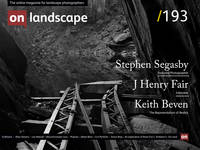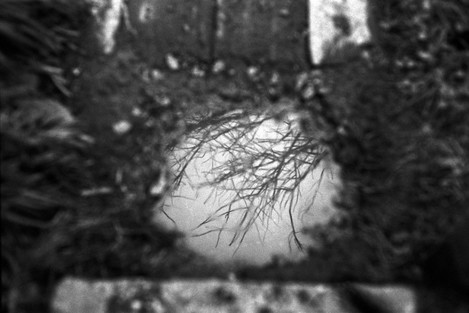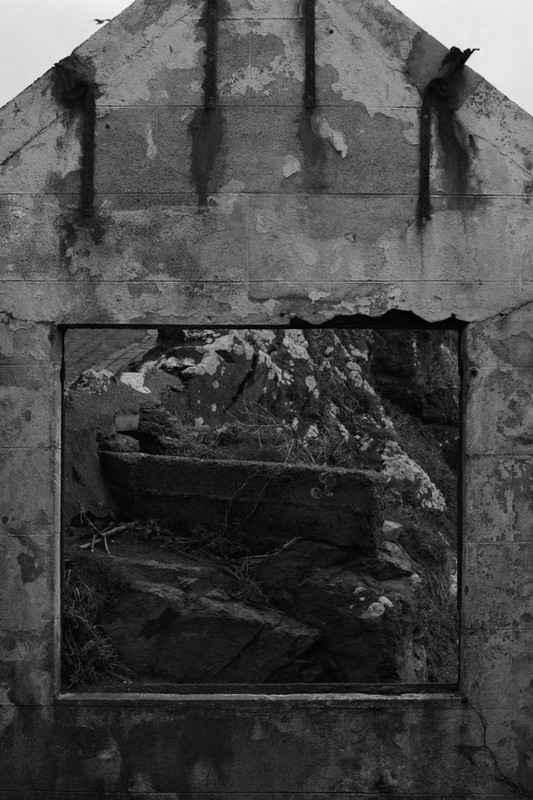Insights into the locations behind the music

Simon Bray
Simon Bray is a Manchester based artist and creative producer, currently utilising photography, audio, installation and text to explore the notions of loss, identity and place. His work has been shown at Manchester International Festival, The Whitworth, Southbank Centre, Brighton Photo Biennial, The Guardian, Telegraph Magazine, BBC In Pictures and BBC Breakfast TV. In 2018, Simon worked with British documentary photographer Martin Parr, as producer for his commission for Manchester Art Gallery.
Through conversations and collaborations over the past few years, I’ve begun to consider what it might mean for me to make landscape work that engaged with more than purely the aesthetic of my images and ‘simply’ capturing a sense of place in a given moment. Let me be clear, I am not wanting to belittle the motivations of a photographer to capture a moment of the sublime through their camera, I’m well aware that this requires great skill and perseverance. However, through a series of self-initiated projects, I’ve begun to dig beneath the surface to explore our connections to places, what makes them special for the individual and how that manifests itself in our lives. For many, that connection takes the form of visiting on a regular basis through either habit or fondness. Others hold places with affection due to particular memories which have been made there, perhaps through a childhood, holidays, maybe a proposal, a loss or even a photograph which draws us back there. There are multitudes of reasons for which we form these emotional connections, and the recent literary boom of writers exploring this proves that we are not alone, far from it, it seems the nation is united in our affection for the landscape around us.
I’ve acknowledged the writers, (and I don’t feel equipped to make comment on painting or sculpture!), but having spent much of my life working with music, I was drawn to consider the many composers and musicians who utilise their experience of a place to inspire their creations. Historically, classical composers attempted to capture the sublimity of vast landscapes via the breadth and depth of the orchestra, but in more recent years, other forms of largely instrumental music has begun to approach the notion of landscape in a significantly more subtle and often more abstract manner.
Many of you will be familiar with the music of Brian Eno, some less so, but in the broadest sense, he is a pioneer of ambient music, largely synthesized, merging layers of sound to construct atmospheres and cinematic soundscapes that for some, will be soothing and transcendental, for others, may feel alien and unsettling. For me, Brian Eno’s music offers a window into other realms, a connection to emotional responses and thoughts that may otherwise have remained hidden. His 1982 album ‘Ambient 4 : On Land’, was brought to my attention by a previous collaborator, artist Tom Musgrove. The album includes tracks titled, ‘Lizard Point’, ‘Lantern Marsh’ and ‘Dunwich Beach, Autumn 1960’. My interest was piqued. Where were these places, and what did they have to do with the music?



